

Each year, in June, the villages of the Tibetan valleys challenge each other during bareback horse races. The opportunity for men to show their courage and women to appear in their most beautiful clothes. A friendly moment during which each family receives their friends and guests in their tent around the traditional chai (milk tea).
In June, once the yak mowing is over, Tibetan breeders gather in a vast plain, carefully chosen by a monk. That year, they found themselves near Ritoma, a village of 200 families, 6,000 yaks, 20,000 sheep. The grass is tender green and stretches endlessly. Here and there, tent camps smoke.

Chine. Tibet. Province de Gansu. Region de l’Amdo. Camp nomade d’eleveurs tibetains // China. Tibet. Gansu province. Amdo region. Nomadic camp of tibetans sheperds.
Horses and yaks graze everywhere. In the middle of the plain, a pointed hill seems to be the only surrounding relief still covered with snow. Climbing it takes a bit of breathing because here at an altitude of 3,500 m in the Chinese province of Amdo, the slightest effort pays off in cash. This small ascent is also made by Tibetans accompanied by their horses. At the top, the ground and covered with thousands of small white papers, as many prayers scattered to the wind by these riders who, in the afternoon, will take part in the Lapsté races. By performing this ritual, the chora, they hope to attract the good graces of the gods and win one of the races.
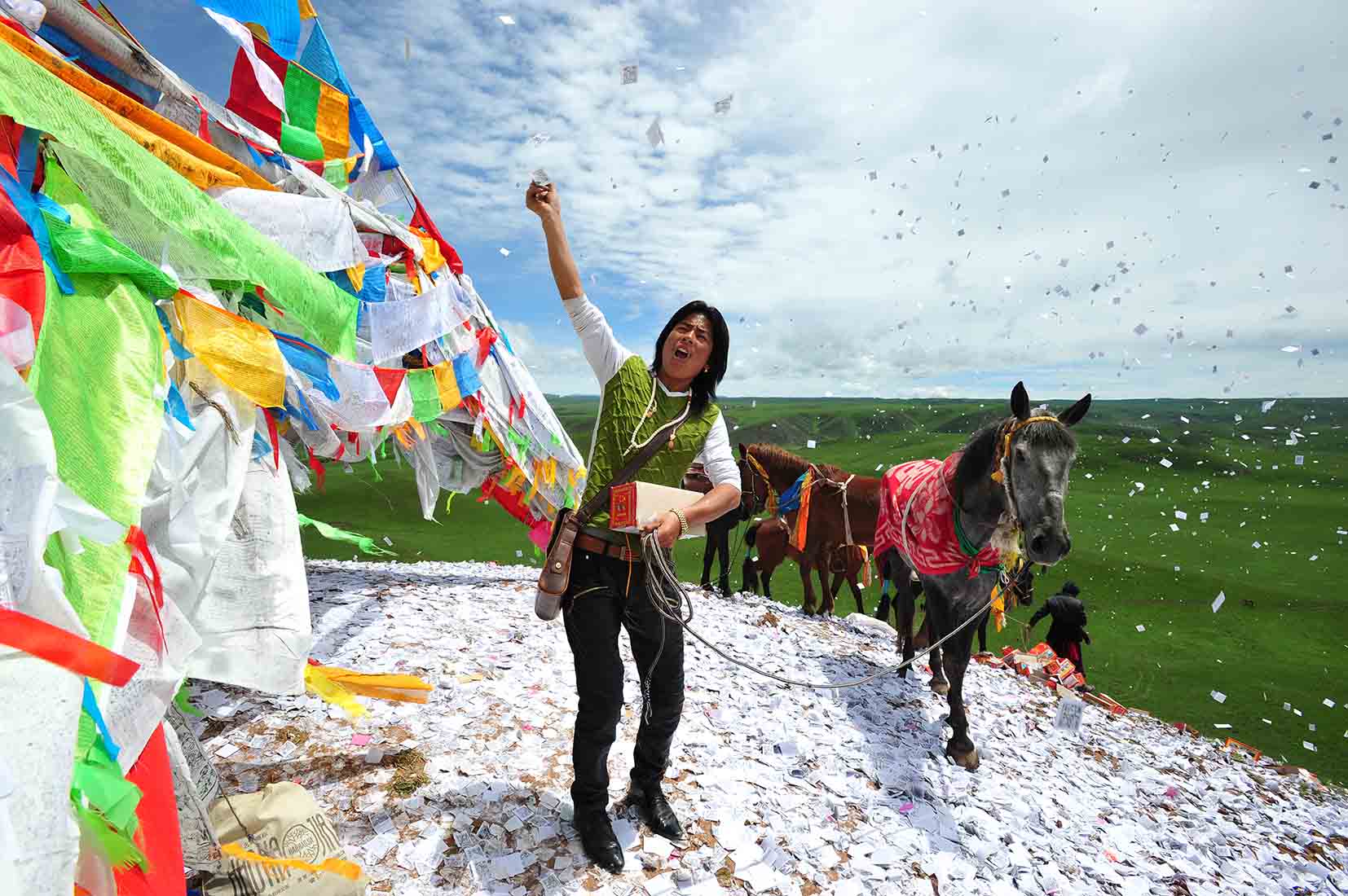
Chine. Tibet. Province de Gansu. Region de l’Amdo. Fete de Lapste (juin). Avant de s’affrontrer dans des courses, les cavaliers et leurs chevaux viennent honorer les dieux en tournant autour d’un stupa et en lancant en l’air des papiers de priere // China. Tibet. Gansu province. Amdo region. Lapste festival in june. Before racing, the riders and their horses are praying gods by turning around a stupa and throwing sacred papers in the air.
Here, no prize or cup, the reward is just the pride of winning who for his valley, who for his village. As the competitors prepare, the audience takes their places around the circle drawn on the grass by colored pennants. The women are dressed in their finery (embroidered fabrics, heavy amber necklaces, large silver belt) and most of the men have put on the traditional tchouba, a thick carmine wool coat lined with silk. The monks in red robes find their bearings from afar.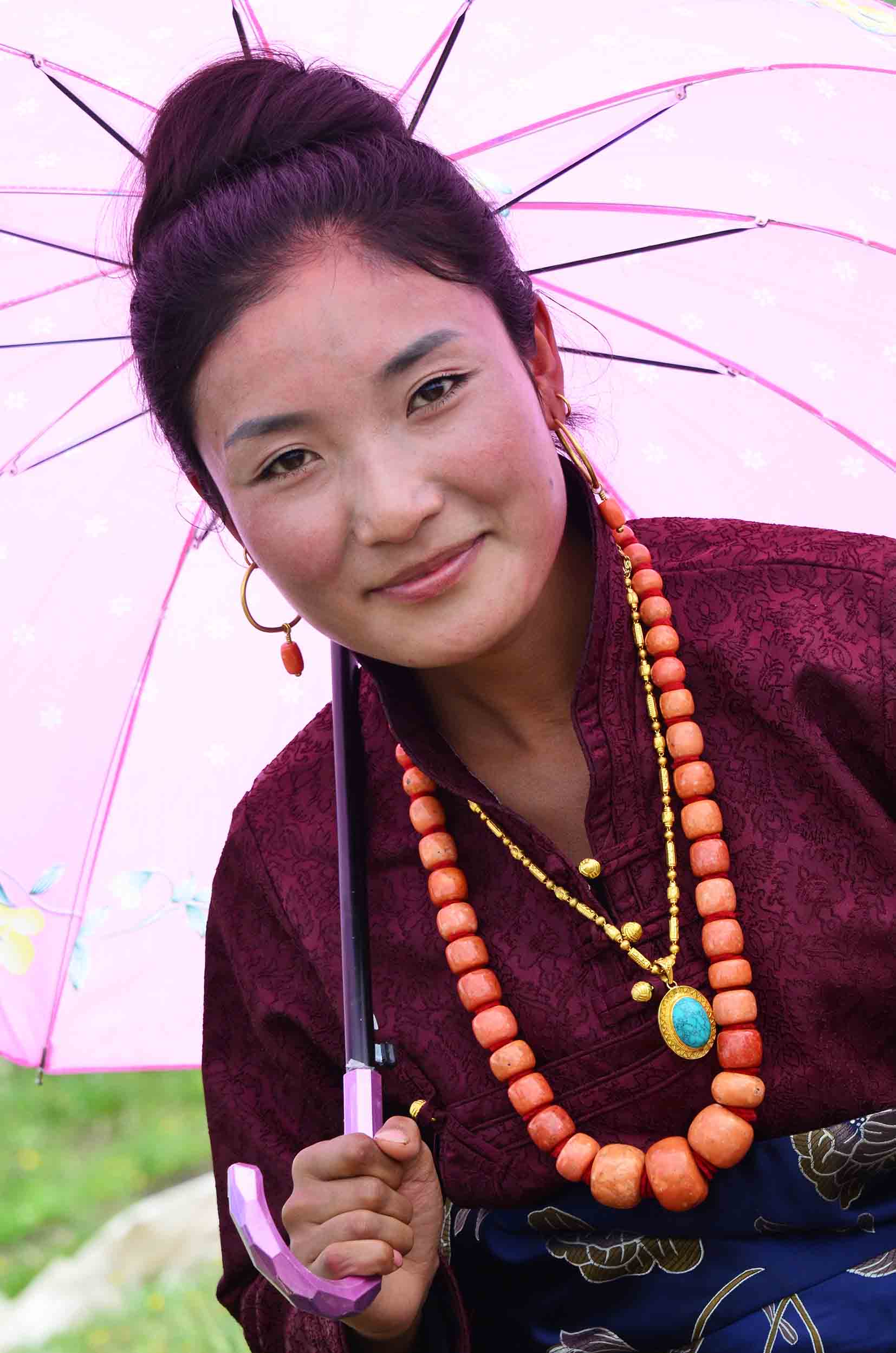
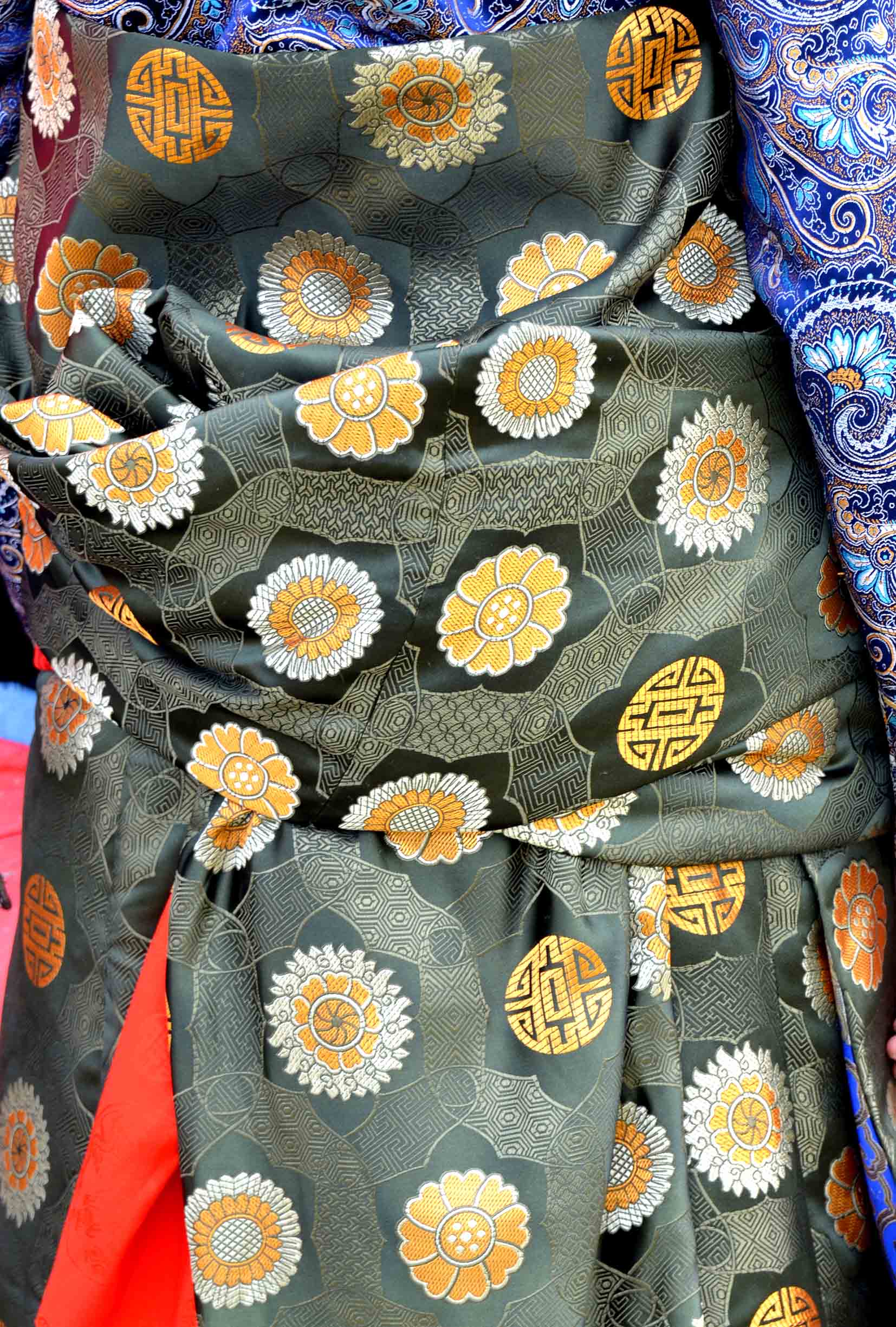
The races are done in groups of ten riders who bareback their horses and the average age of the competitors is not high, barely 20 years, often less. The winner is the one who managed to complete three laps without falling off his horse (already an achievement) and who of course comes out on top.
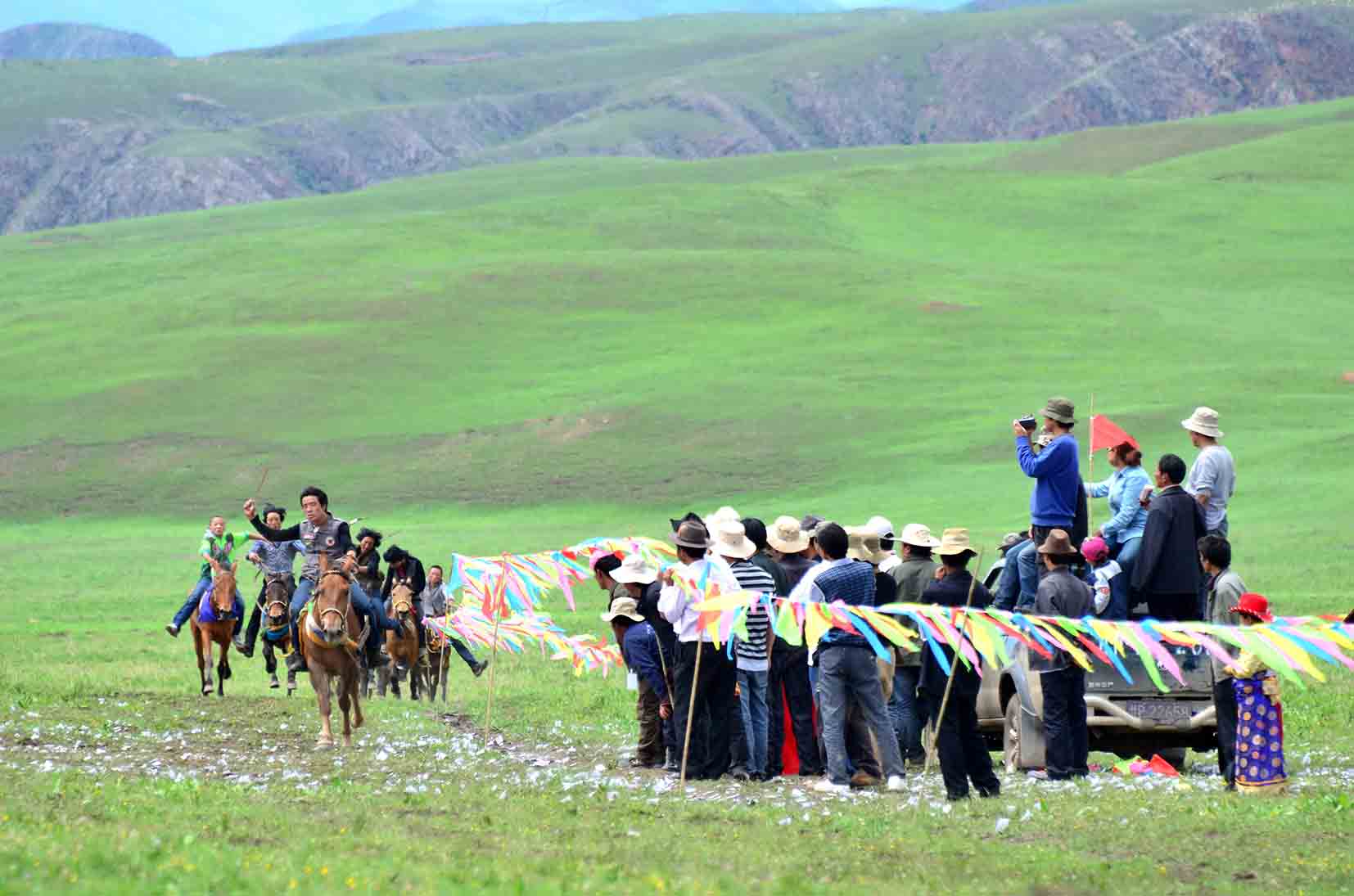
Chine. Tibet. Province de Gansu. Region de l’Amdo. Chaque annee, en juin, les villages des vallees se retrouvent lors des fetes de Lapste et s’affrontent lors de courses de chevaux // China. Tibet. Gansu province. Amdo region. Every year, in june, the villages of a each valley are gathering together for horse races.
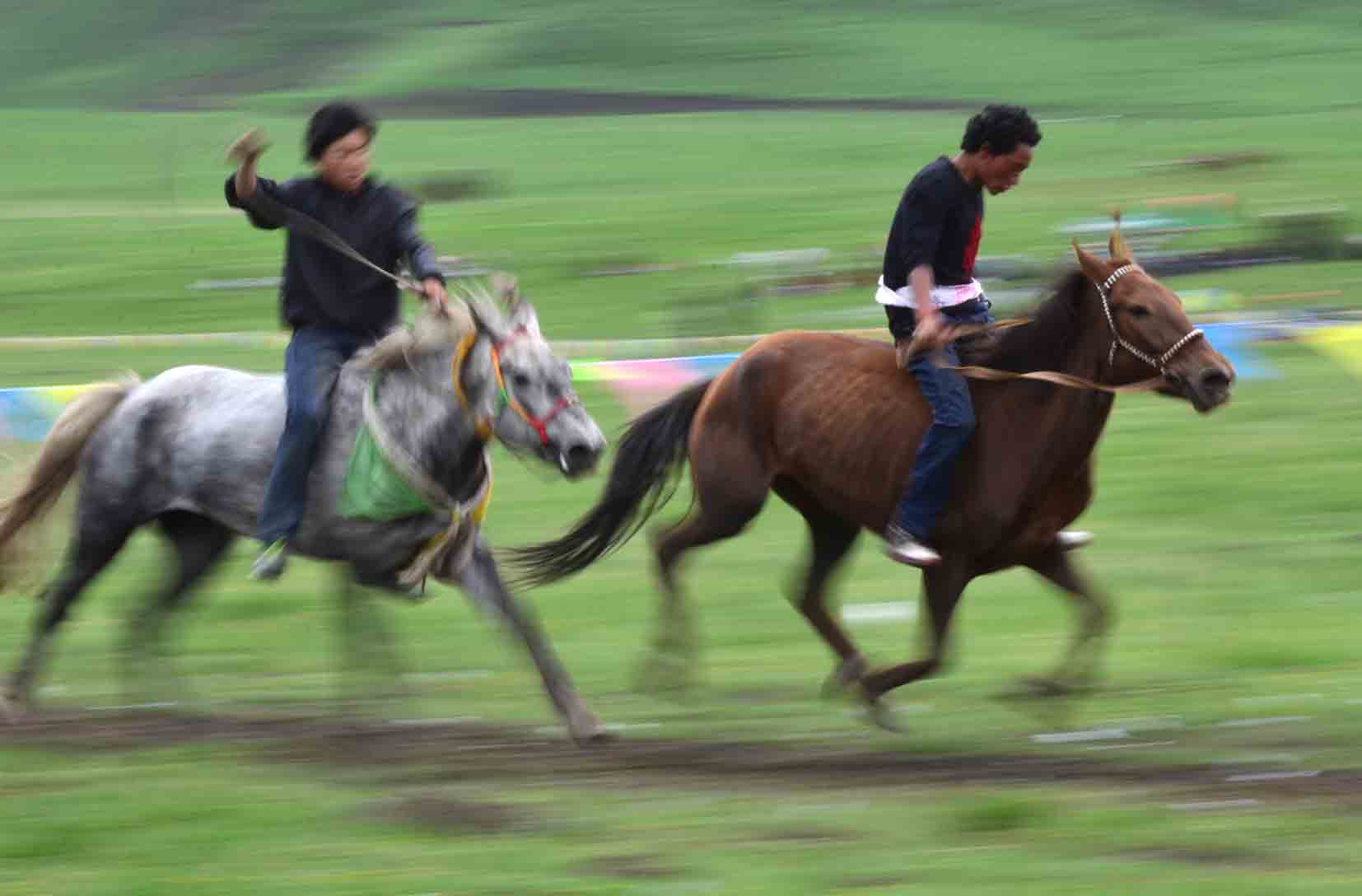
Chine. Tibet. Province de Gansu. Region de l’Amdo. Chaque annee, en juin, les villages des vallees se retrouvent lors des fetes de Lapste et s’affrontent lors de courses de chevaux // China. Tibet. Gansu province. Amdo region. Every year, in june, the villages of a each valley are gathering together for horse races.
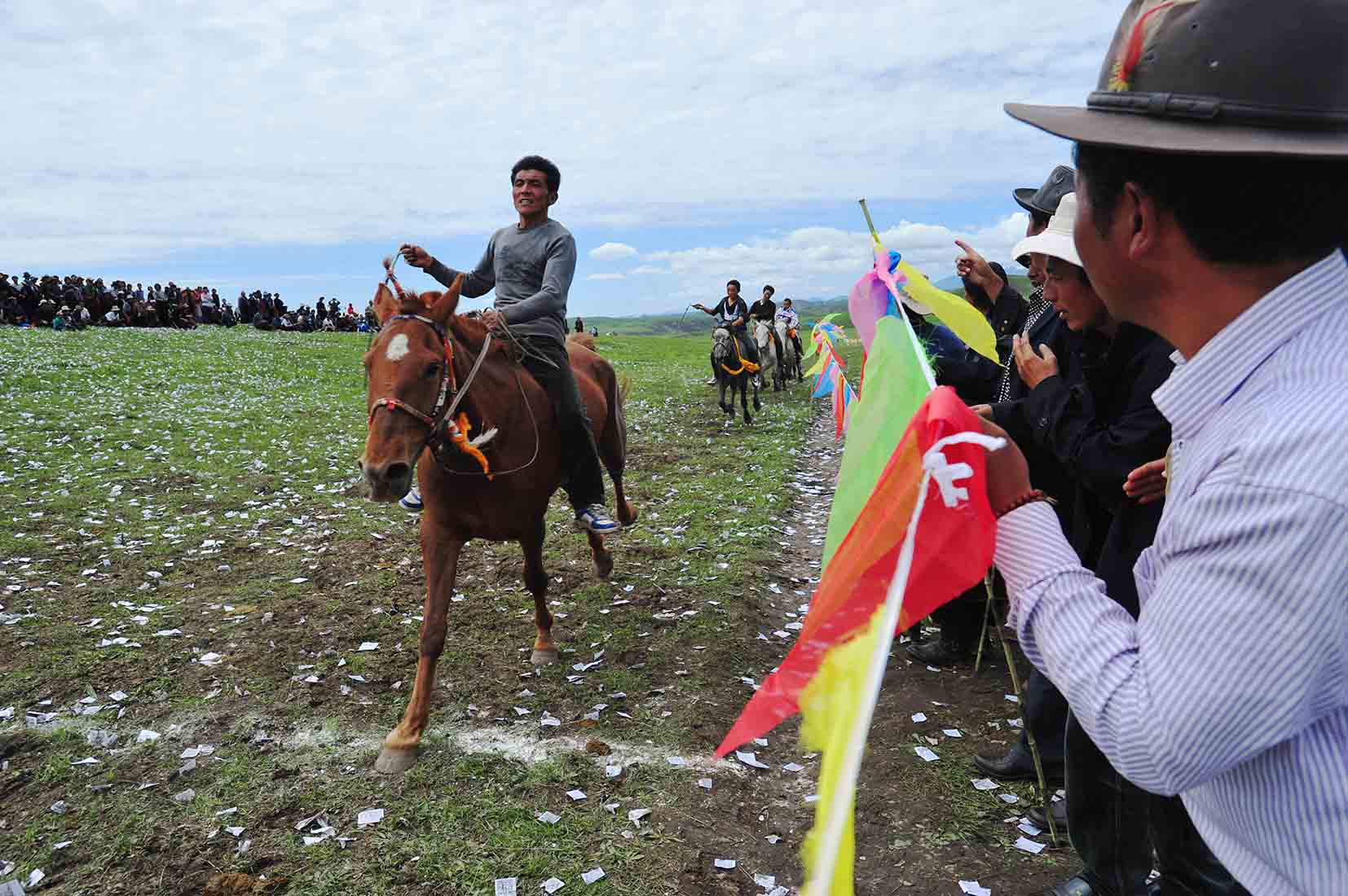
Chine. Tibet. Province de Gansu. Region de l’Amdo. Chaque annee, en juin, les villages des vallees se retrouvent lors des fetes de Lapste et s’affrontent lors de courses de chevaux // China. Tibet. Gansu province. Amdo region. Every year, in june, the villages of a each valley are gathering together for horse races.